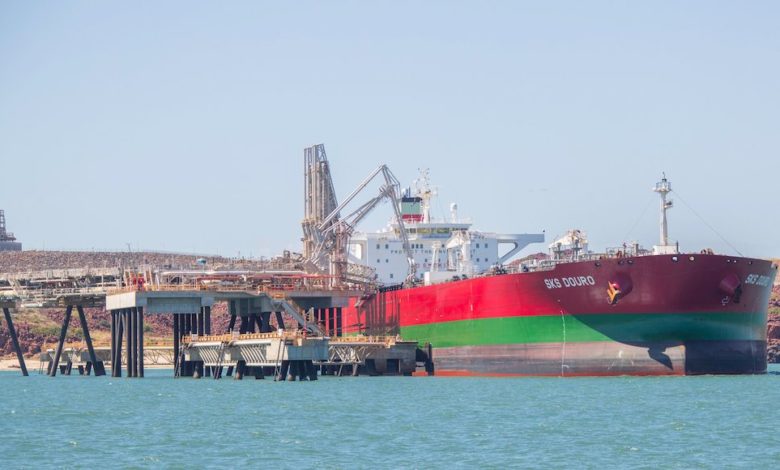Woodside and Trafigura celebrate first carbon offset condensate cargo traded globally

Woodside and its Pluto LNG joint venture participants Kansai Electric Power and Tokyo Gas have delivered their first cargo of carbon offset condensate to Trafigura. The cargo was loaded at Pluto LNG in Western Australia.
The carbon dioxide equivalent emissions associated with extraction, storage and shipping of the 650,000 barrel cargo will be offset through a combination of efficiency measures, which reduce emissions, and surrender of high-quality carbon offsets. Trafigura is working with the vessel owner, Norway’s SKS OBO & Tankers, to minimise actual emissions associated with transporting the cargo. Calculation of carbon emissions associated with shipping will be based on data collated by Trafigura, specific to the cargo voyage.
Woodside vice president marketing trading and shipping Mark Abbotsford said this could be the first carbon offset condensate cargo traded globally, demonstrating opportunities for carbon offset condensate.
Woodside and Trafigura have also signed a non-binding memorandum of understanding (MOU) to explore opportunities for carbon management in the marketing of carbon offset condensate, crude oil and liquefied petroleum gas in the future.

What does:
”offset through a combination of efficiency measures, which reduce emissions, and surrender of high-quality carbon offsets”
actually mean? Will they be planting forests of trees, building solar energy farms and erecting windmills, left right and centre (which all require some CO2 output in themselves)?
If they could be more efficient anyway, why should this be counted against polluting the atmosphere with the transport of their 650,000 barrels of hydrocarbons? I know it sounds radical but surely the only way to cut the emissions is not to transport the stuff in the first place?
Yepp ! You are right & no – it`s not radical at all. It`s common sense; 1) Take the problem (read; shit) from one place and just move it somewhere else – doesn`t matter where – at a cost – and Hey!! … 2) you have “taken care of it ! (provided of course that you have received financial green support from some government financial funding. You are now no longer a part of the problem but rather the solution.